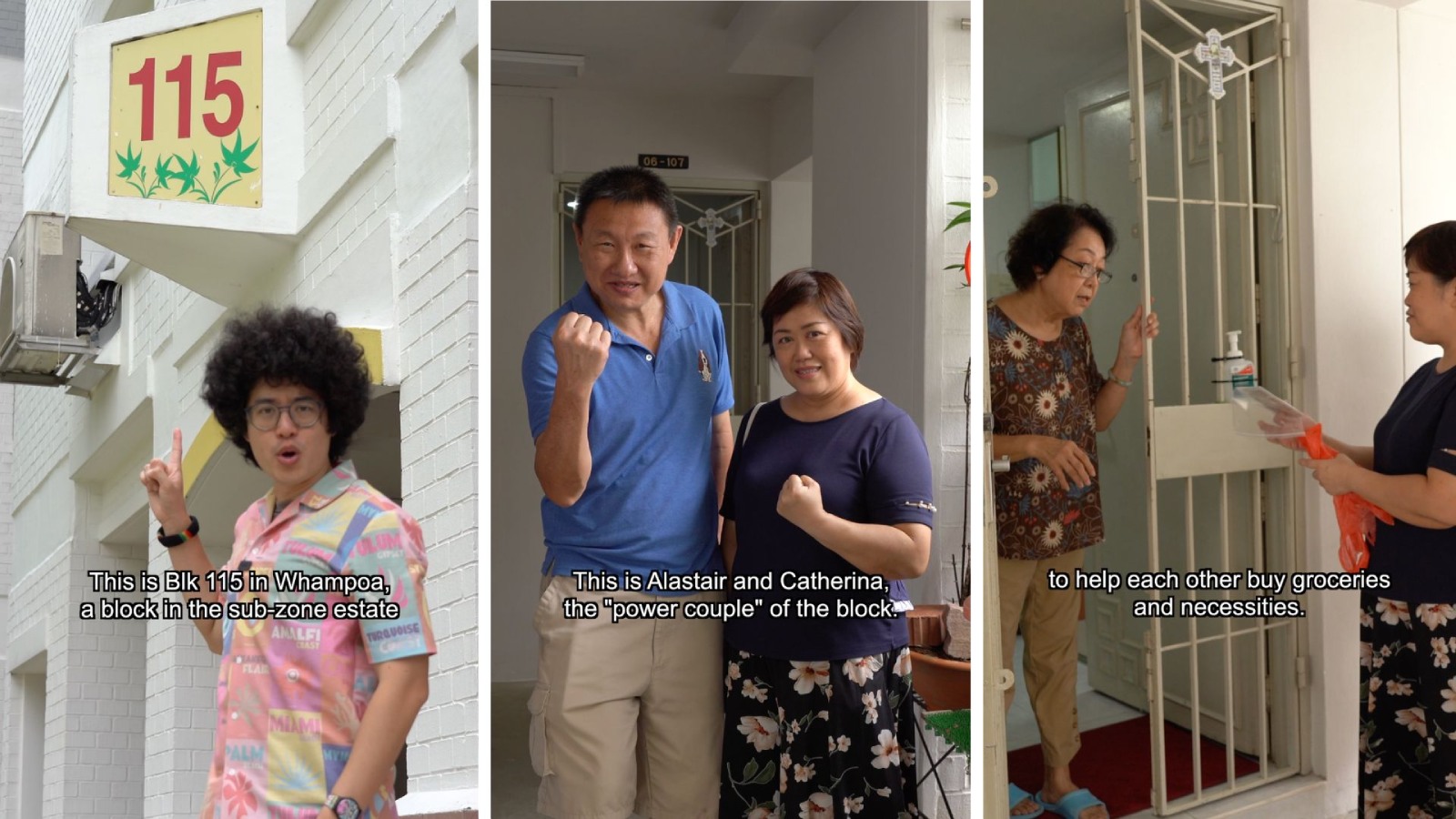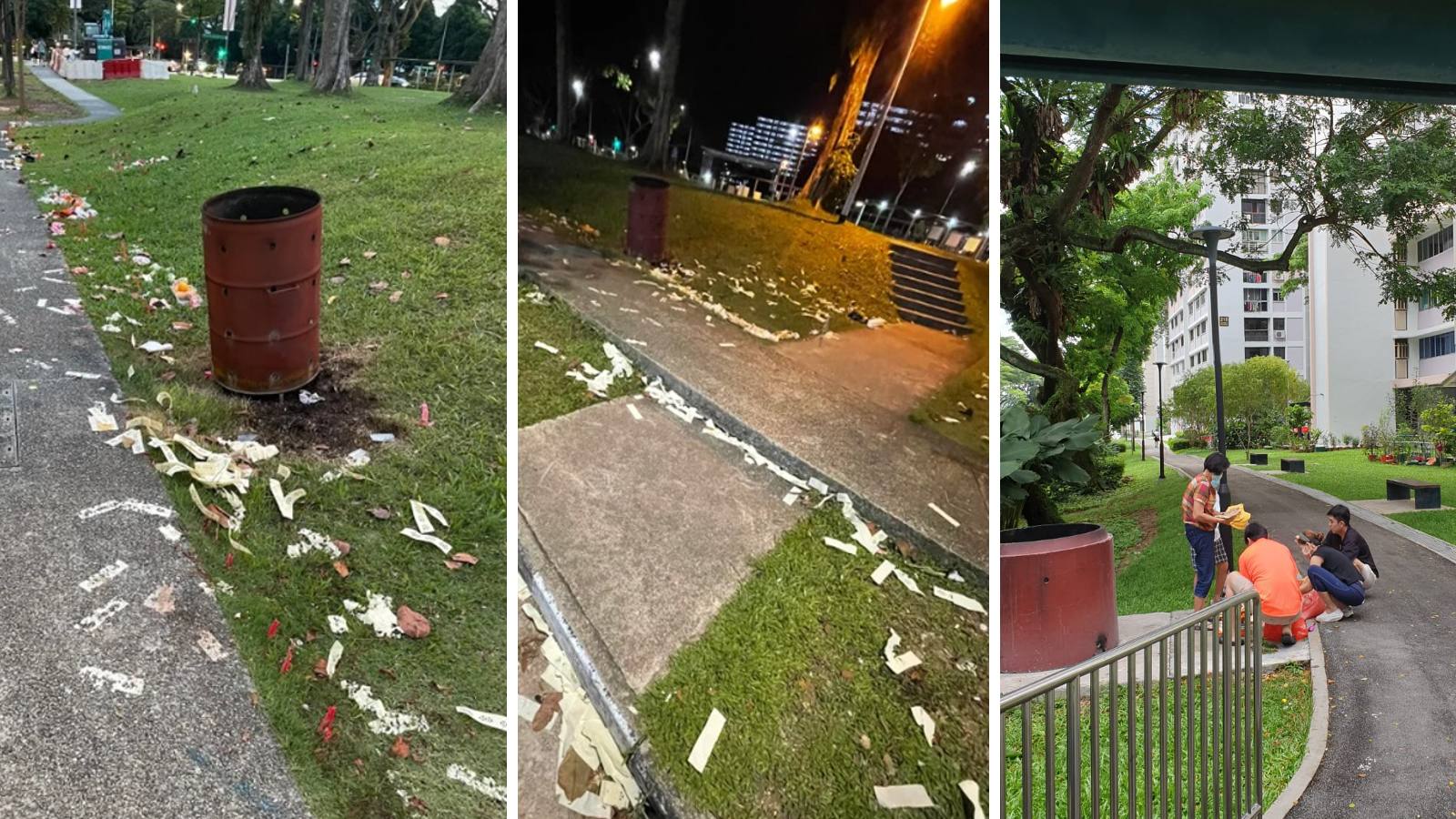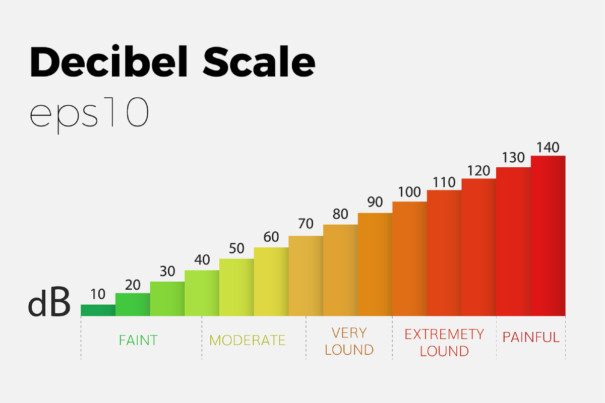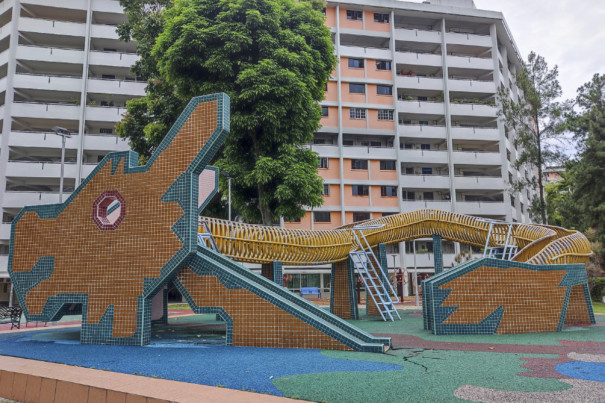|
Audio Version Available
|
Even in cramped Singapore, life can be reminiscent of an idyllic kampung if you have good neighbours who care for each other.
But what happens when you don’t?
We hear stories like the notorious Hougang Street 51 resident who makes loud banging noises throughout the night, and despite visits by the authorities, continues to torment his neighbours.
Or the Tampines Street 12 resident who has been dealing with the shenanigans of his neighbours upstairs for 30 years.
Considering the neighbours’ history of mental illness, the Tampines resident said escalating the matter was a tough decision to make.
“I think it’s very pitiful,” he told CNA. “I do not want (them) to be out of the house … But then at the same time, how are we going to live?”
When reasoning with noisy neighbours is impossible

The Community Advisory Panel (CAP) on Neighbourhood Noise was convened in April 2022 to establish acceptable levels of noise and community norms for residents to manage noise disturbances.
During feedback sessions, the CAP members and I spoke with those who suffer neighbours that generate unacceptable noise or worse, intentionally weaponise noise to harm other residents.
Many of the 4,400 participants who engaged with the CAP agreed that strong relationships with neighbours help to resolve HDB noise disputes.
Yet this point on good neighbourly relationships generated the most contention at dialogues because this approach has been futile for some – if a neighbour is constantly terrorising others, there is a high chance they won’t be approachable to begin with.
Aggrieved residents also said that the current process for managing neighbourhood noise is ineffective.
Currently, the authorities adopt a facilitative approach in managing HDB noise disputes between neighbours, encouraging residents to solve the problem themselves. Relevant stakeholders, such as HDB, town councils and grassroots leaders will only intervene when requested.
Other stories you might like






Should disputes remain unresolved, residents can seek mediation at the Community Mediation Centre. However, it takes two to set up the mediation process – so if the respondent is not interested, the complainant’s desire to mediate will be moot.
Even if mediation does take place, the mediated agreement is only as good as the parties honouring it. If one party refuses to honour it, the aggrieved party will still have to enforce it in court, which is time-consuming and costly.
Residents can take legal action through the Community Disputes Resolution Tribunal (CDRT) as the last resort. But filing a claim can be costly and more often than not, the tribunal dismisses cases because of insufficient evidence in identifying the source of noise with reasonable certainty.
In short, there is no dedicated authority overseeing noise-related disputes. Complainants said they faced difficulties in approaching the right government agency for assistance. Frustratingly, in some cases, they were directed from one agency to another – losing their faith in the system to resolve their issues.
Designating a government agency to deal with neighbourhood noise

Norms or public education campaigns alone are not sufficient to deal with this small number of recalcitrant troublemakers. That is why designating a government agency with the enforcement powers and dedicated processed may help take clear ownership of neighbourhood noise issues.
Given the lack of legal levers for the Government to effectively manage egregious cases, the agency would need to be empowered by legislation to respond and enforce against unacceptable behaviour.
There is strong support from the public for enforcement against noise disturbances, especially against repeat offenders. Some participants in CAP focus groups pointed out there are no clear enforcement guidelines or penalties for neighbour noise. In some cases, the offenders would pause their activities when approached by authorities, only to resume them once they leave.
It would be useful for a designated authority to investigate and assess the situation to determine if enforcement measures are needed. Participants suggested penalties such as fines or corrective work orders imposed on inconsiderate neighbours.
Other stories you might like






For the agency to have more teeth, the mediation process needs to be strengthened, such as through making sessions mandatory for all parties and enforcing agreements with sanctions for non-compliance.
Adopting quantative noise thresholds

Complainants also face challenges in collecting proof to validate their claims. Relevant authorities should provide greater clarity on the evidence required to prove noise disturbance.
For example, the Government could adopt quantitative noise thresholds through decibel limits. A decibel limit would be a useful tool to measure neighbourhood noise. While timing, duration and frequency are also factors in disputes, establishing quantitative thresholds provides an objective assessment of unacceptable noise levels.
The Government could also embark on a study to develop decibel limits for housing estates in Singapore, adding on to existing regulations stipulating noise limits in construction sites and factories.
Limits to neighbourhood noise can take into consideration our HDB flats’ design and construction materials.
In South Korea, for example, the noise thresholds prescribed for inter-floor noises in multi-unit housing range from 38 to 57 decibels, depending on the type, time of day and duration of noise.
While the World Health Organization has health-based guidelines on community and residential noise, it would be useful for Singapore to develop its own catalogue of decibel levels for different activities, and noise thresholds unique to our urban living environment.
The research could also be a reference for the acceptable level of noise generated from the operations of businesses such as coffee shops and gyms in residential areas as well as neighbourhood and home activities.
Building a more considerate community

Regulations cannot cover the needs of every individual, particularly those still victim to disruptive noise. Nevertheless, these steps will address the crux of noise issues and lead to better outcomes for neighbourhoods.
Other stories you might like






Maintaining peace and quiet in neighbourhoods will help to build a more harmonious community. To do so, we must continue to accept and adopt considerate practices till they become norms.
But where education doesn’t work, enforcement – with a measure of empathy – is the way forward in solving neighbourhood noise disputes between residents.
Addendum: Last week (Feb 27), Second Minister for Law Edwin Tong announced that neighbours in some dispute cases, such as those involving noise, would be required to go for mandatory mediation, with penalties imposed on them if they fail to show up.
Dr William Wan is also Chairperson of the Community Advisory Panel on Neighbourhood Noise.
This article was first published on CNA.
If you like what you read, follow us on Twitter and Google News to get the latest updates.


